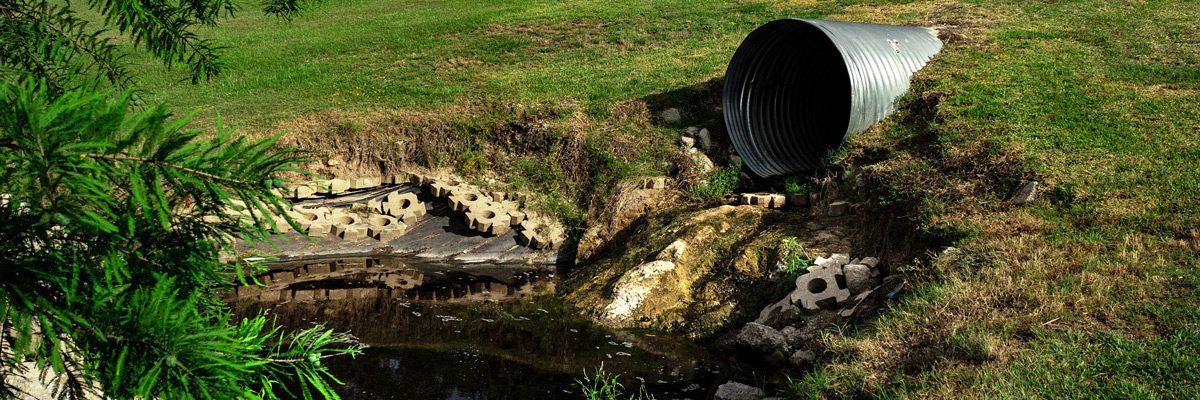I normally would not put up a rant against alternative forms of energy which I believe are the energies of the future. But I love how they all make the same mistake. We as a society must use the CHEAPEST forms of energy. Yet we as a society get to SAY what kinds of energy are used and then it is up to businesses to get on with what they do best – steal us blind. Resources are not free to those that just dig them up and they can not be allowed to destroy the world while they are at it. This shouter and denier from Northern Wisconsin is all about preposterous side arguments that are not even true in his political wet dreams.
http://madisle.info/2012/01/30/renewable-green-energy-yields-very-poor-results/#axzz1lLKfgK9z
Renewable “Green” Energy Yields Very Poor Results
Yeah, yeah. I know. You’re tired of me telling you “I told you so,” but once again, as usual, I am right and you are not.
Why we’re even fiddling around with this green alternative energy crap is beyond me. It doesn’t work for the most part, and what does work is extremely expensive and highly inefficient.
Renewable electric energy from nonhydroelectric sources — chiefly wind and solar — contributed only 3.6 percent of total U.S. generation in 2010 — yet received 53.5 percent of all federal financial support for electric power.
And wind power alone, which provides 2.3 percent of generation, received 42 percent of all support.
Wind and solar renewable energy have failed to thrive despite government support because they face substantial “market impediments,” according to Benjamin Zycher, a visiting scholar at the American Enterprise Institute (AEI).
“Energy policies in the United States for decades have pursued energy sources defined in various ways as alternative, unconventional, independent, renewable, and clean in an effort to replace such conventional fuels as oil, coal, and natural gas,” Zycher states on the AEI website, and “renewable electricity receives very large direct and indirect subsidies from the federal and state governments.
“These long-standing efforts have, without exception, yielded poor outcomes.”
:}
Go there and read the rubbish. More tomorrow.
:}


